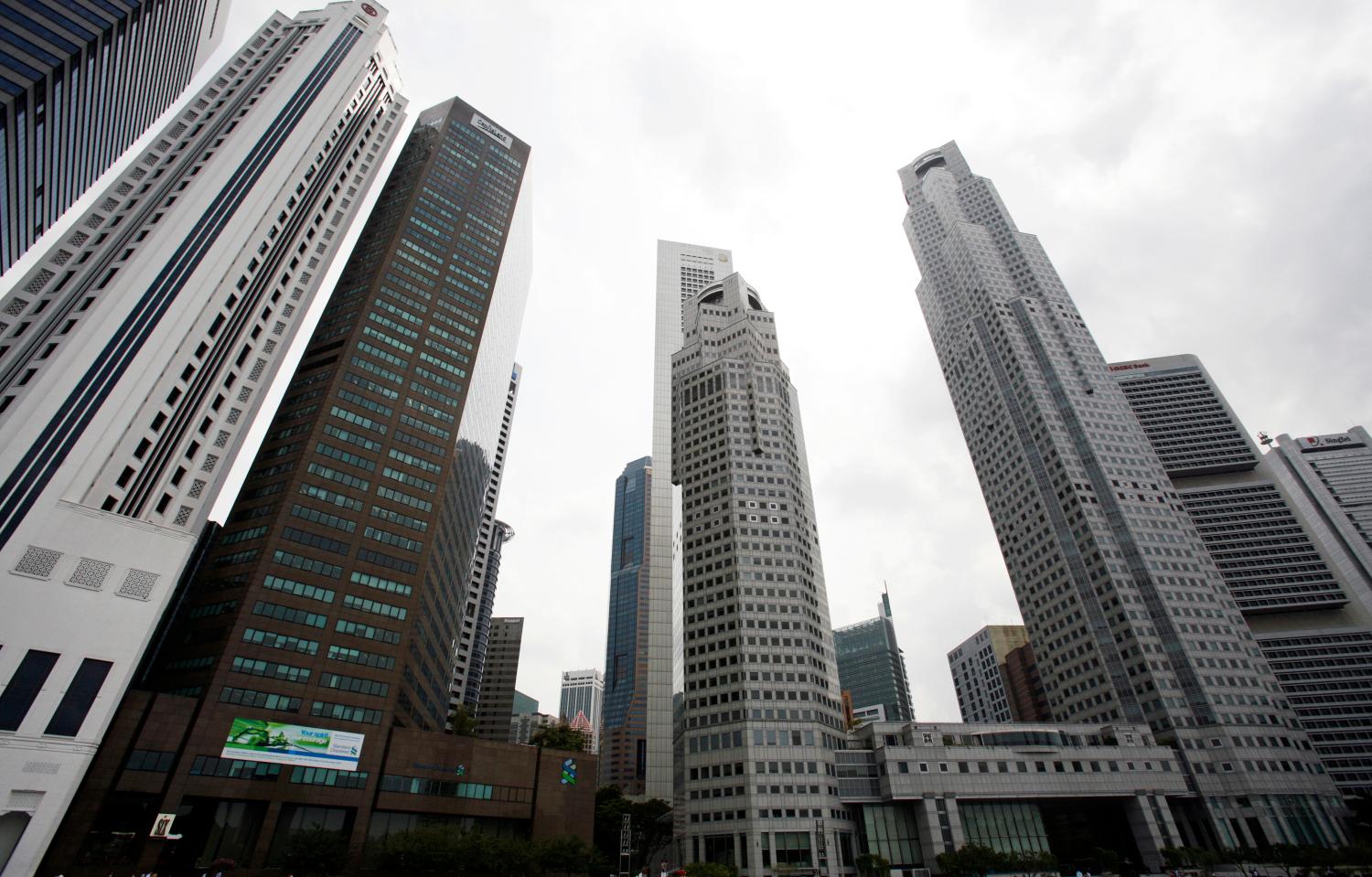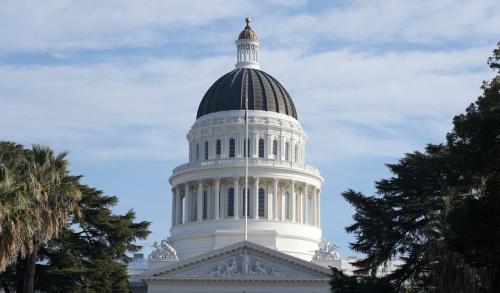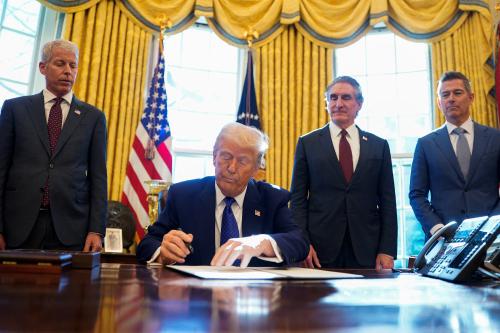Nine years after the worst of the global financial crisis, it’s time to take stock of all the regulatory changes that were made to reduce the odds of a repeat, Donald Kohn, Robert S. Kerr Fellow in Economic Studies, said in remarks delivered at The Wharton School, University of Pennsylvania, on, April 7 2017.
Kohn identified several elements of the post-crisis reforms that, in his view, should be preserved and a couple others that should be added to the tool kit. His list:
Make sure any adjustments in what we have protect financial stability
We should retain more robust capital and liquidity and risk management requirements for broad elements of the financial system.
We should retain especially rigorous requirements for very large, complex, and interconnected financial institutions—both banks and nonbanks–whose individual retrenchment or failure can have broad economic effects; and the resilience of these institutions must be tested against frequent, rigorous, concurrent, regulator-run stress tests.
Proposals have been made to eliminate or greatly alter the orderly liquidation authority of DF, but we must have a process in which systemically important institutions can be resolved without endangering financial stability.
Extend the toolkit
The US needs tools to counter strong pro-cyclicality in real estate and mortgage markets.
The US needs back-up liquidity facilities adapted to the diverse intermediation channels of the 21st century.
Engage in global standard setting
Finally, robust, globally agreed, standards are required to protect financial stability in every jurisdiction around the globe.
The Brookings Institution is committed to quality, independence, and impact.
We are supported by a diverse array of funders. In line with our values and policies, each Brookings publication represents the sole views of its author(s).




